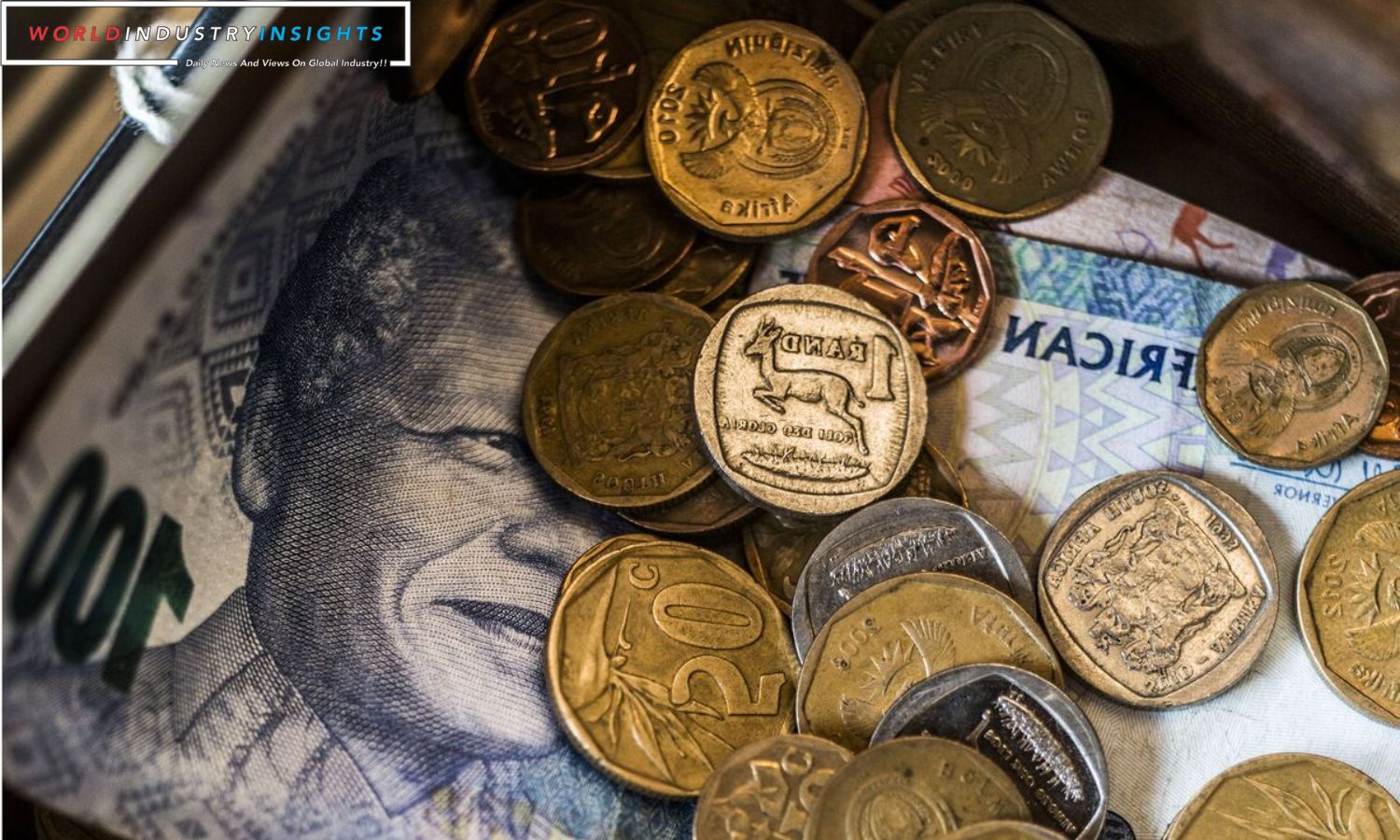Rand Resilience: The South African rand demonstrated stability in early trade on Tuesday, finding support in improved risk sentiment, while the dollar maintained its position around three-month lows.
The rand was trading at 18.6650 against the dollar, remaining close to its previous close. Meanwhile, the dollar index, a measure of the currency against a basket of major counterparts, hovered around 103.25, set for a monthly loss exceeding 3% in November, marking its weakest performance in a year.
In line with other emerging market currencies, the rand is influenced by global factors such as U.S. monetary policy, dollar movements, and local economic indicators. “The local currency was supported by improved risk sentiment and the Gold price consolidating above the $2,000 level,” noted Andre Cilliers, a currency strategist at TreasuryONE.
Also Read: Rand Rise and Market Anticipation: Navigating South Africas Economic Landscape
Later in the week, local investors will turn their attention to trade, budget balance, producer inflation, and private sector credit figures, providing insights into the health of Africa’s most industrialized economy. Additionally, market participants will be monitoring the U.S. Federal Reserve‘s preferred inflation measure and an OPEC+ policy meeting.
In the stock market, both the Top-40 index and the broader all-share index experienced slight declines of over 0.3% in early trade. South Africa’s benchmark 2030 government bond exhibited strength in early deals, with the yield decreasing by 6.5 basis points to 10.080%.
Our Reader’s Queries
What are the 4 models of resilience?
Nan Henderson and Mike Milstein’s 4 Cs model highlights four crucial elements of resilience: competence, confidence, connection, and contribution. Competence pertains to the skills and knowledge necessary to tackle various situations, while confidence involves having faith in one’s abilities and self-worth. By focusing on these four components, individuals can develop a strong sense of resilience and overcome challenges with ease.
What is the meaning of being resilience?
Resilience is the ability to adapt and thrive in the face of adversity. It involves being mentally, emotionally, and behaviorally flexible, and adjusting to both external and internal demands. By successfully navigating difficult or challenging life experiences, individuals can develop resilience and emerge stronger and more capable than before.
What is the theory of resilience?
Resiliency theory comprises various models that illustrate how promotive factors can offset, safeguard, or immunize young people from the adverse impacts of risks (Masten et al., 2007; Luthar, 2006).
How does FEMA define resilience?
Resilience refers to the ability of people, organizations, and governments to adjust to changing circumstances and cope with unexpected disruptions to daily life, such as natural disasters. It involves being prepared, withstanding the impact of such events, and bouncing back quickly. This quality is essential for individuals, communities, businesses, institutions, and governments to thrive in the face of adversity.


